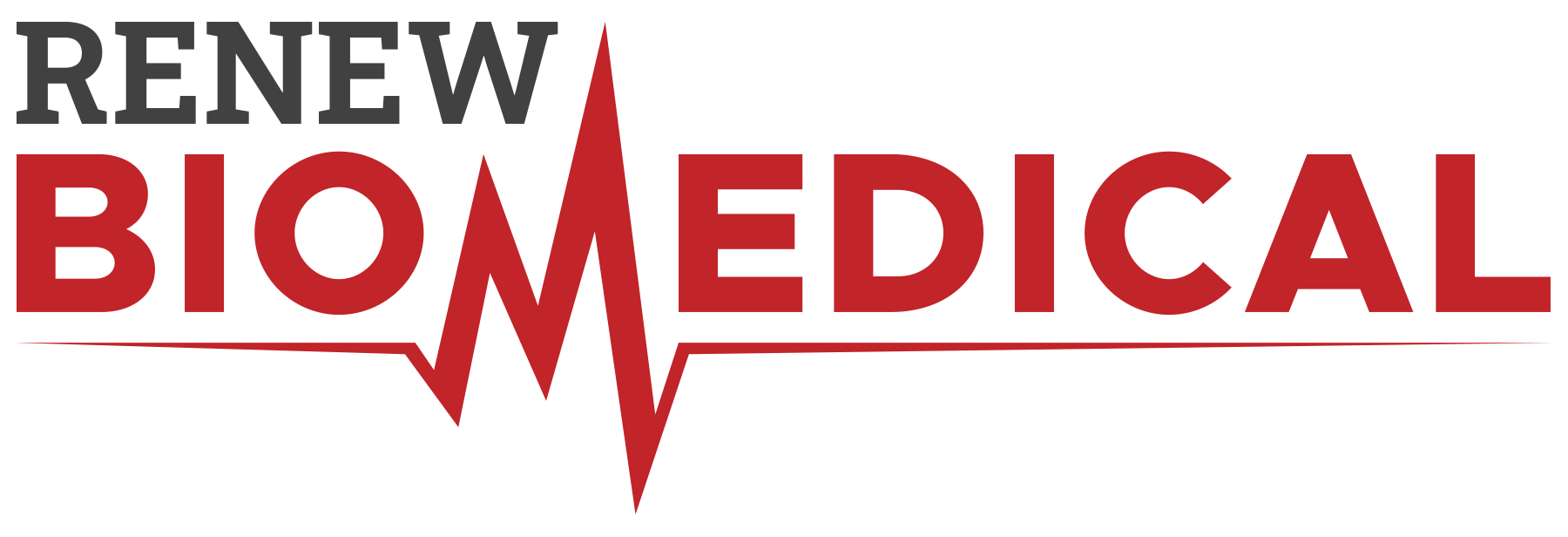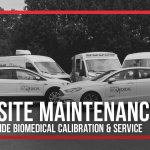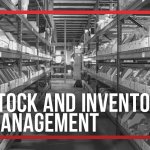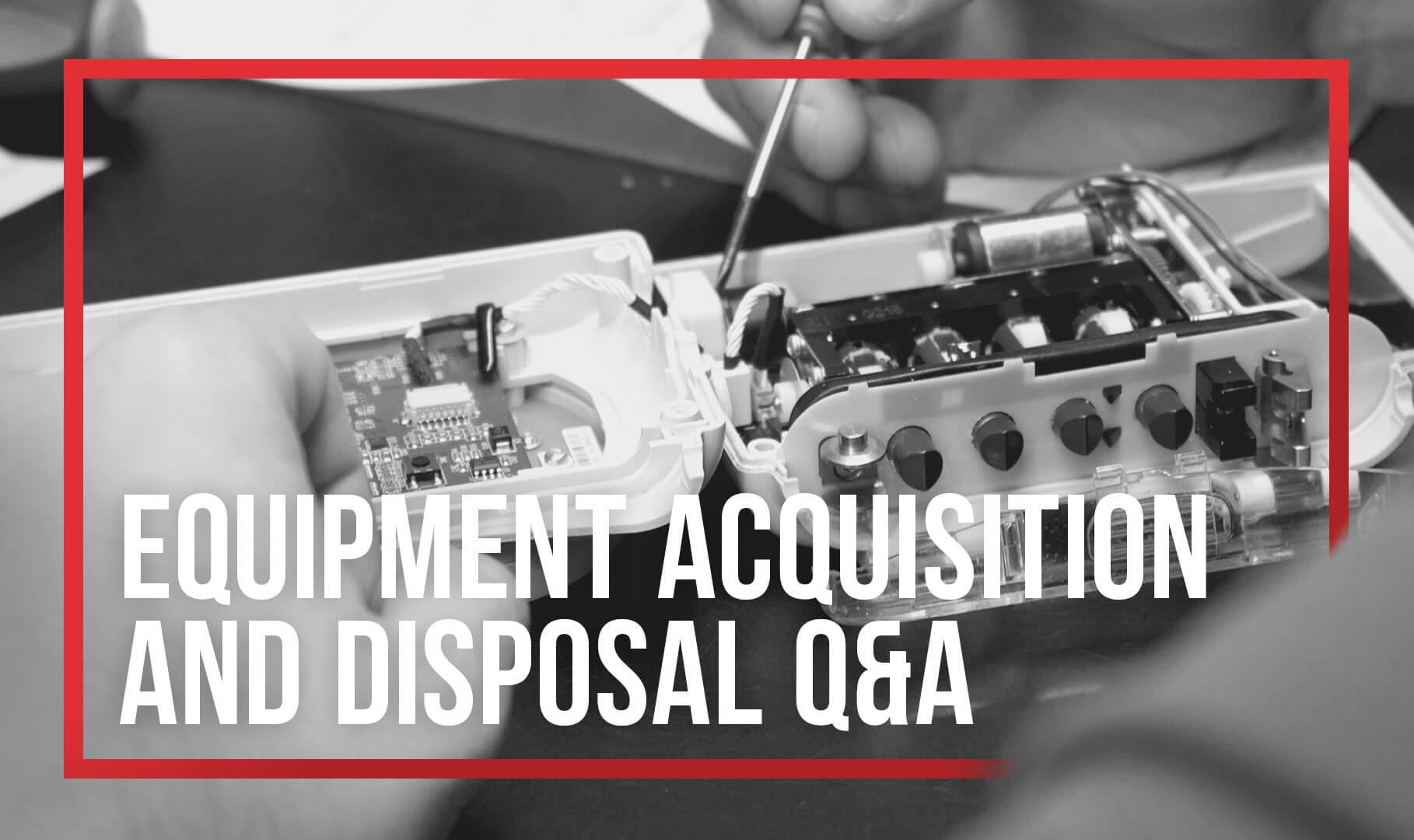
TechNation magazine recently recruited feedback from healthcare technology management (HTM) leaders regarding equipment acquisition and disposition. The COVID-19 pandemic revealed supply chain issues in the healthcare industry, and HTM professionals play an important role in purchasing new devices, installing new equipment, maintaining these devices and retiring them when the time comes. ReNew Biomedical’s Assistant Biomedical Manager Jamie Cagle answered TechNation’s questions about acquiring and retiring medical equipment:
How can an HTM professional help decide when it’s time to retire a medical device?
Cagle: Many factors go into deciding when to retire a medical device. In my experience, there 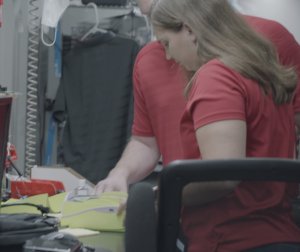 are three reasons an HTM professional would retire a medical device. These reasons are scarcity of parts, lack of OEM support, and cost of repair exceeding the unit’s value. Medical device value depreciates as it ages. Since the cost of repairs and service is a significant factor in equipment retirement, consider alternative ways to keep costs down. Whether this means increasing internal efficiency or sending equipment out for repairs, explore your options to save on costs while keeping your units operating correctly.
are three reasons an HTM professional would retire a medical device. These reasons are scarcity of parts, lack of OEM support, and cost of repair exceeding the unit’s value. Medical device value depreciates as it ages. Since the cost of repairs and service is a significant factor in equipment retirement, consider alternative ways to keep costs down. Whether this means increasing internal efficiency or sending equipment out for repairs, explore your options to save on costs while keeping your units operating correctly.
What’s the most important thing to keep in mind when removing medical equipment from service?
Cagle: I believe communication is the most important thing to remember. It is necessary to inform and warn the medical staff that the unit will be removed from service so they can consider replacement options.
What are key steps HTM professionals must take when removing a unit from service?
Cagle: A few key steps would be to inform the facility that the unit will be retired so they can remove it from their financial books and their inventory. If the device retains any information related to patient care, then the information must be wiped. The device should be properly tagged “not safe for patient use” and disposed of according to OEM standards.
Why should the HTM department be included in a health care facility’s medical device acquisition process?
Cagle: The biggest reason why HTMs should be involved in the device acquisition process is that they inquire about training and maintenance requirements. It would be a shame if a facility purchased a device on which no one can repair or perform annual maintenance.
What role should biomeds take in the acquisition of medical equipment?
Cagle: The role biomeds should take when acquiring medical devices is to be a source of information. They should be available to answer questions about the devices, such as what kind of maintenance it requires. Biomeds should also be available to the OEM to help bring the devices into the facility by guiding the OEM around the departments and providing adequate space to work in. Biomeds should also be a point-of-contact for finding out if the OEM offers HTM training, repairs, or ability to purchase parts.
What are some important tips for biomeds to consider during the medical device acquisition process?
Cagle: An important tip for biomeds to remember is that the choice to purchase a device ultimately belongs to the facility. Always ask the OEM questions about training, software updates, a list of what types of repairs will void the warranty, and unit storage guidelines.
